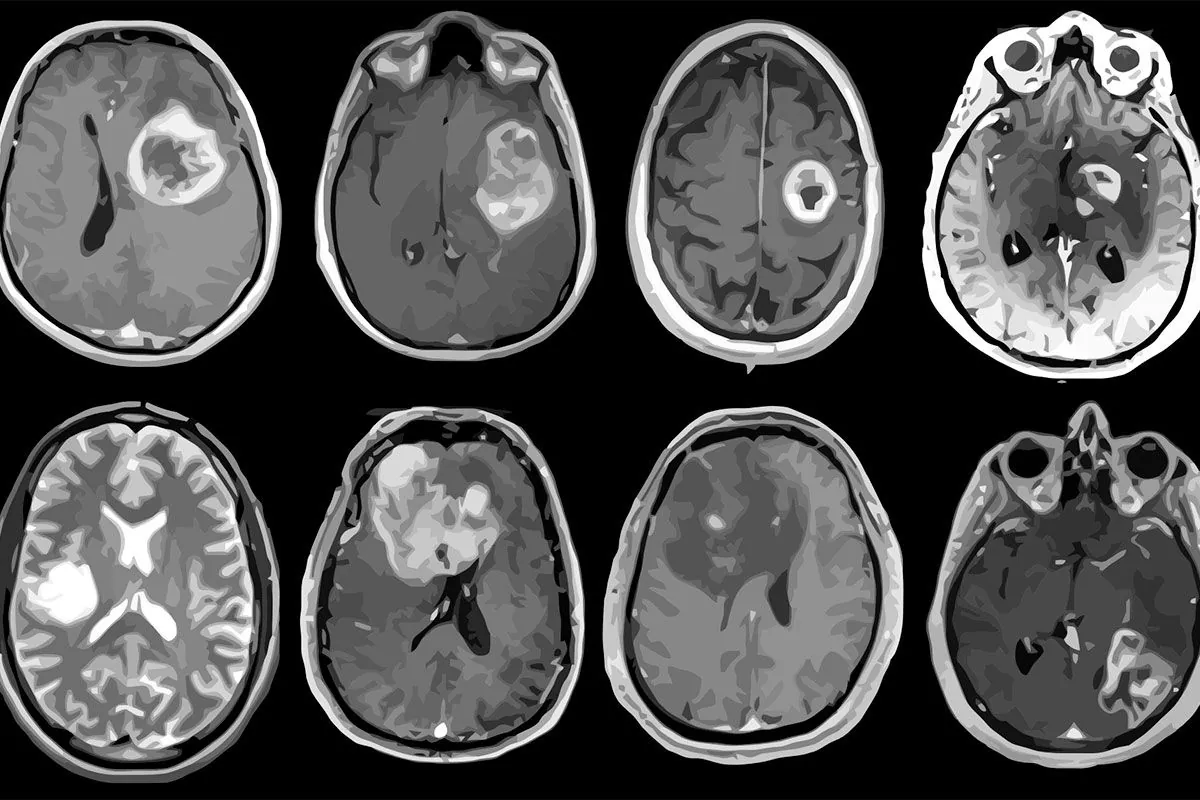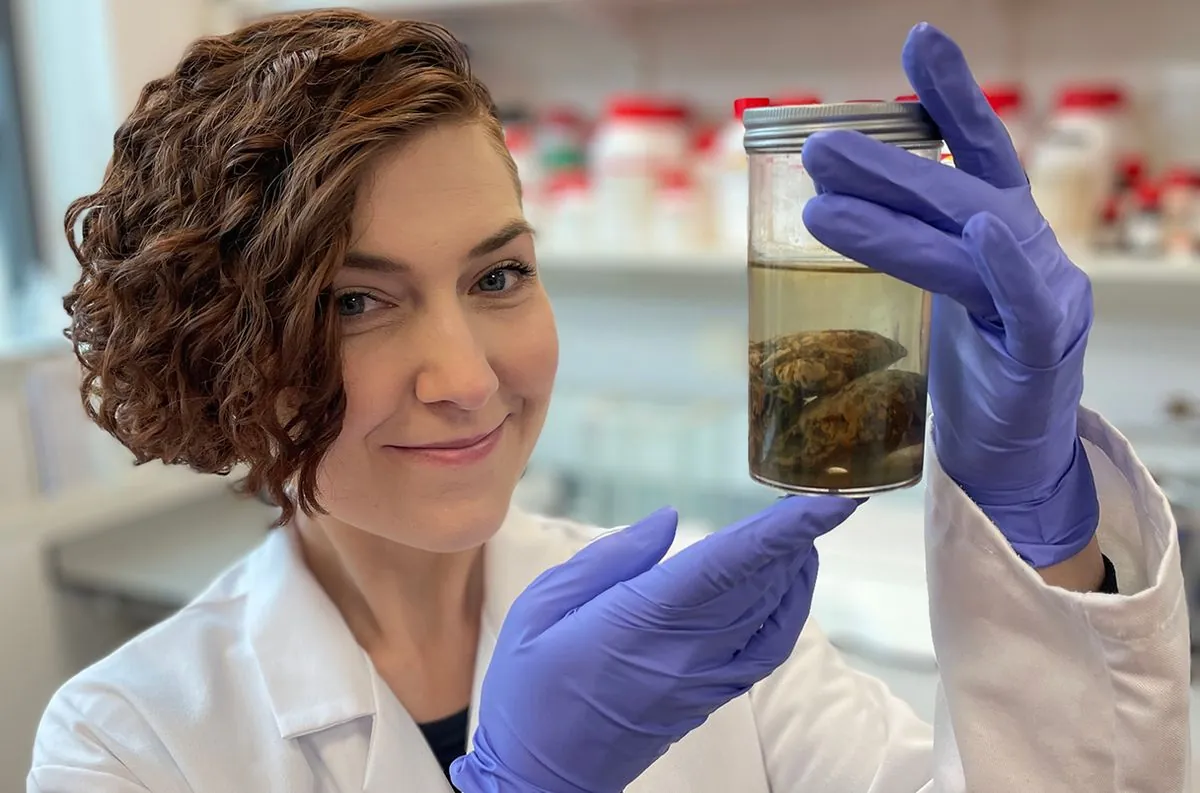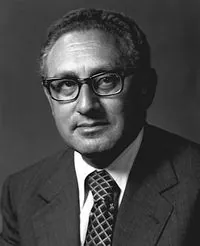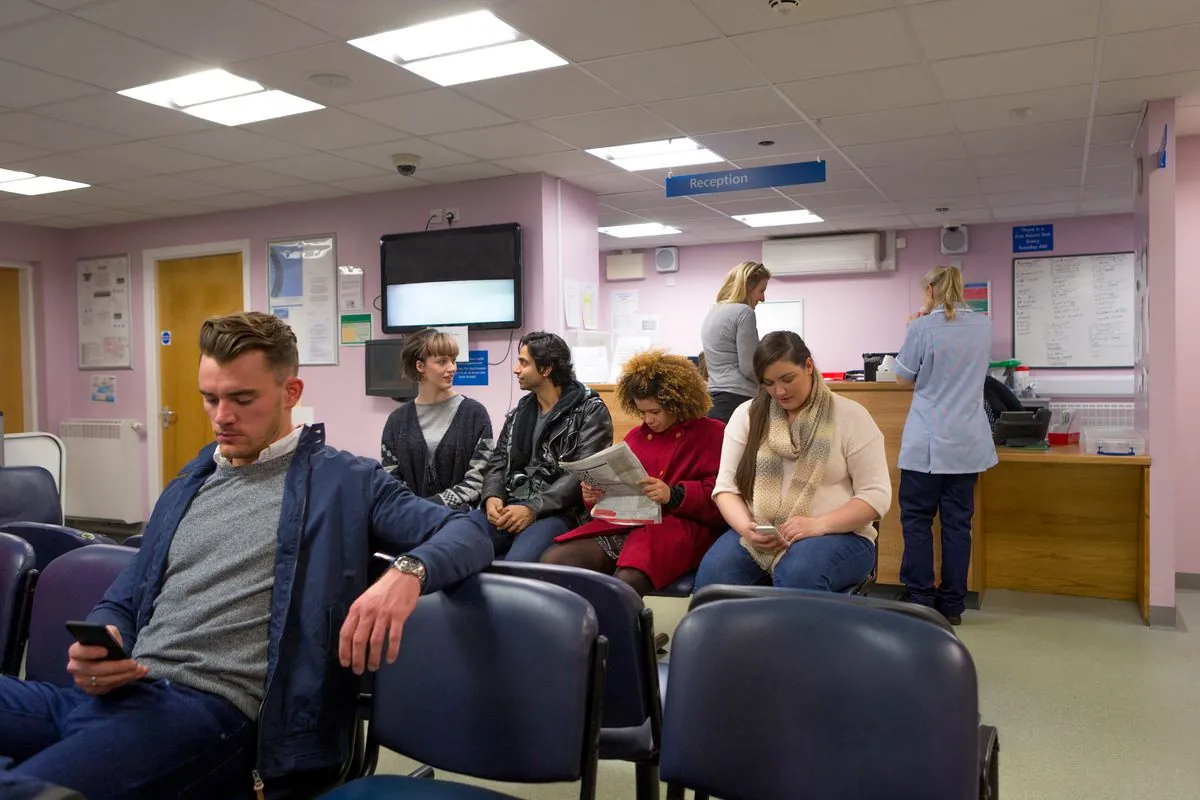Antidepressant Shows Unexpected Promise Against Deadly Brain Tumors
Scientists discover that vortioxetine, a common antidepressant, effectively combats glioblastomas in laboratory tests. Clinical trials are set to begin, offering hope for improved brain tumor treatment.

Recent research has unveiled an unexpected potential in the fight against glioblastomas, the most aggressive form of brain cancer. Scientists have discovered that vortioxetine, a widely prescribed antidepressant, demonstrates remarkable efficacy against these deadly tumors in laboratory tests.
Vortioxetine, currently recommended by the National Institute for Health and Care Excellence (Nice) for treating major depressive episodes in adults, has shown promising results in combating glioblastomas. This discovery is particularly significant given the challenges in treating brain tumors due to the blood-brain barrier, a highly selective membrane that prevents many drugs from reaching the brain.

Professor Michael Weller, director of the neurology department at University Hospital, Zurich, emphasized the potential advantages of vortioxetine in glioblastoma treatment. He stated, "The advantage of vortioxetine is that it is safe and very cost-effective." The drug's existing approval status could expedite its integration into standard therapy for this lethal brain tumor.
Glioblastomas, first described in 1926 by Percival Bailey and Harvey Cushing, are particularly aggressive and often diagnosed late. The average life expectancy after diagnosis remains between 12 and 18 months, with a 5-year survival rate of only about 5%. In Britain alone, approximately 3,200 people are diagnosed with this brain tumor annually.
The research team at University Hospital, Zurich, tested hundreds of existing medicines capable of crossing the blood-brain barrier. Vortioxetine emerged as the most effective among the antidepressants tested, demonstrating good efficacy in mouse models, especially when combined with standard treatments like surgery, chemotherapy, and radiation.
"We don't yet know whether the drug works in humans and what dose is required to combat the tumour, which is why clinical trials are necessary. Self-medicating would be an incalculable risk."
Dr. Simon Newman, chief scientific officer at The Brain Tumour Charity, commented on the study's significance: "Any scientific developments that bring us closer to new treatments for glioblastoma are promising, as treatments haven't changed in decades." He emphasized the urgent need for kinder and more effective therapies for glioblastoma patients.
This breakthrough comes nearly 140 years after the first successful neurosurgery for a glioma, performed in 1884 by Rickman Godlee. Since then, advancements in glioblastoma treatment have been slow, with the Stupp protocol, introduced in 2005, remaining the standard treatment regimen.
As clinical trials begin, the medical community remains cautiously optimistic about vortioxetine's potential in revolutionizing glioblastoma treatment. This development offers a glimmer of hope in the ongoing battle against one of the most formidable challenges in oncology.


































